
For businesses looking to kickstart their lead-generation marketing strategy, establishing a clear and defined role for the marketing team is crucial. And when it comes to effective marketing, a sales funnel template plays a pivotal role.
Often overlooked but essential, the sales funnel acts as a pathway, guiding leads toward becoming loyal customers or repeat clients. With its step-by-step approach, the sales funnel transforms prospects from point A to point B, ensuring a systematic and successful customer journey.
What Is A Sales Funnel Template?
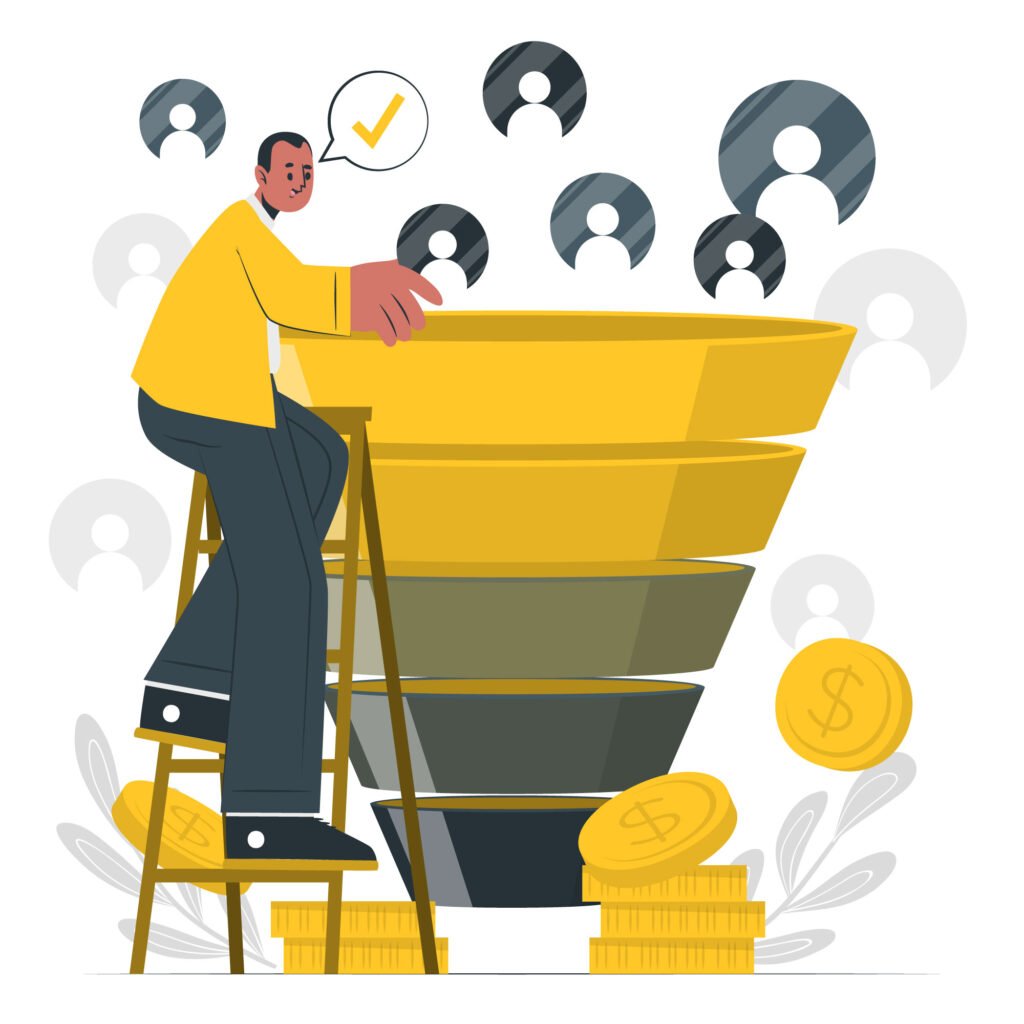
Customers go through deep research before purchasing even a tiny bit of anything. They undergo a journey before they decide where they are going to make their purchase. A sales funnel template lets you understand that purchase journey’s virtual map.
A sales funnel template is a pre-designed framework or blueprint outlining the various stages and steps in converting leads into customers. It visually represents Trace the customer’s path from the initial phase of awareness to the ultimate decision to make a purchase.
As you know about the sales funnel template, let’s understand the stage.
What Are The Stages Of A Sales Funnel?
A typical sales funnel encompasses various stages designed to lead prospective customers through their purchasing journey, with specific phases potentially differing based on the nature of the business and industry. Here are four typical phases of a sales funnel:
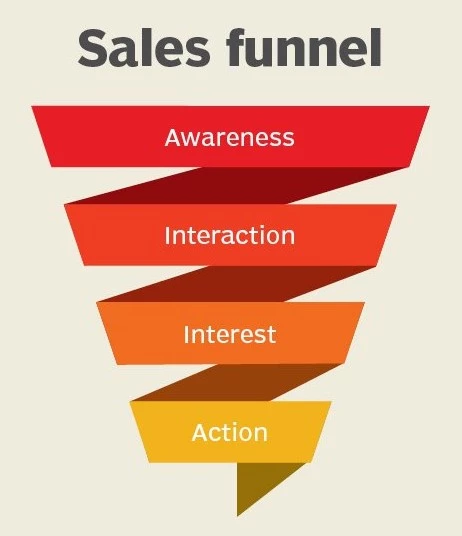
- Awareness Stage: The awareness stage is the initial stage in which the potential customer gains awareness of a problem or a need. They may still need to become familiar with your brand or solution. At this stage, your goal is to capture their attention and create awareness of your business. Strategies for this stage include content marketing, social media engagement, search engine optimization (SEO), and targeted advertising. The focus is on providing valuable information and positioning your brand as a trusted authority.
- Interest/Consideration Stage: In the interest or consideration stage, the potential customer has shown interest in your brand and is actively seeking solutions. They are evaluating various options and compare alternatives. Your goal here is to nurture their interest and establish your brand as the best choice. That can be done through targeted content, case studies, product demos, webinars, and personalized email campaigns. The aim is to showcase your offerings’ unique value and benefits and build trust.
- Decision Stage: In the decision stage, the potential customer is ready to purchase. They have narrowed down their options and are evaluating the specifics of your product or service. It is crucial to provide compelling reasons why they should choose your brand over competitors. This stage often involves testimonials, reviews, free trials, pricing information, and clear calls-to-action (CTAs) to encourage conversion. Streamlining the buying process, offering incentives, and addressing potential objections can also be effective strategies.
- Action Stage: The action stage is where the potential customer takes the desired action and becomes a paying customer. That could involve purchasing, signing up for a subscription, or engaging in a specific desired behavior. The focus now shifts to providing a smooth onboarding experience, delivering on promises, and ensuring customer satisfaction. Building long-term relationships, encouraging referrals, and offering post-purchase support can help drive customer loyalty and advocacy.
Now that we have discussed the stages of a sales funnel, let’s explore the process of creating an effective funnel template.
What Steps Can Be Taken To Build A Successful Sales Funnel Template?
Sales funnel templates are critical in the sales process; they have the power to generate leads and successfully guide them toward becoming customers. Conversely, constructing the sales funnel poorly can result in significant failure and missed opportunities.
Here are the most important points one should keep in mind while creating a good sales funnel template:
Target Your Audience
Everyone thinks more traffic means more leads; however, it’s more complex. You might have millions of visitors daily but only a few conversions. That’s what is called bad traffic. The unnecessary traffic only cares about your business or products. You never need them as they won’t help you to multiply your sales.

For example, if you sell computer peripherals on your website, someone from the sports niche can’t help you get leads. Instead, you should focus on your targeted audience. Your target audience is the people who belong to your niche and need the kind of products you provide.
Before driving these visitors to your website, you’ll need to find out the platforms they are frequently active on. It can be social media groups, pages, digital communities, etc. You can also post content with proper SEO and target the keywords they use on their search engines to get your brand’s search visibility.
When you find them, give them a reason and encourage them to check out your business. You can even offer free catalogs or offers to encourage them. Once they start visiting your website, your sales funnel will activate automatically.
Once you have identified your target audience, capturing their attention and generating interest is essential. Let’s learn about it.
Attract The Attention Of Your Targeted Audience
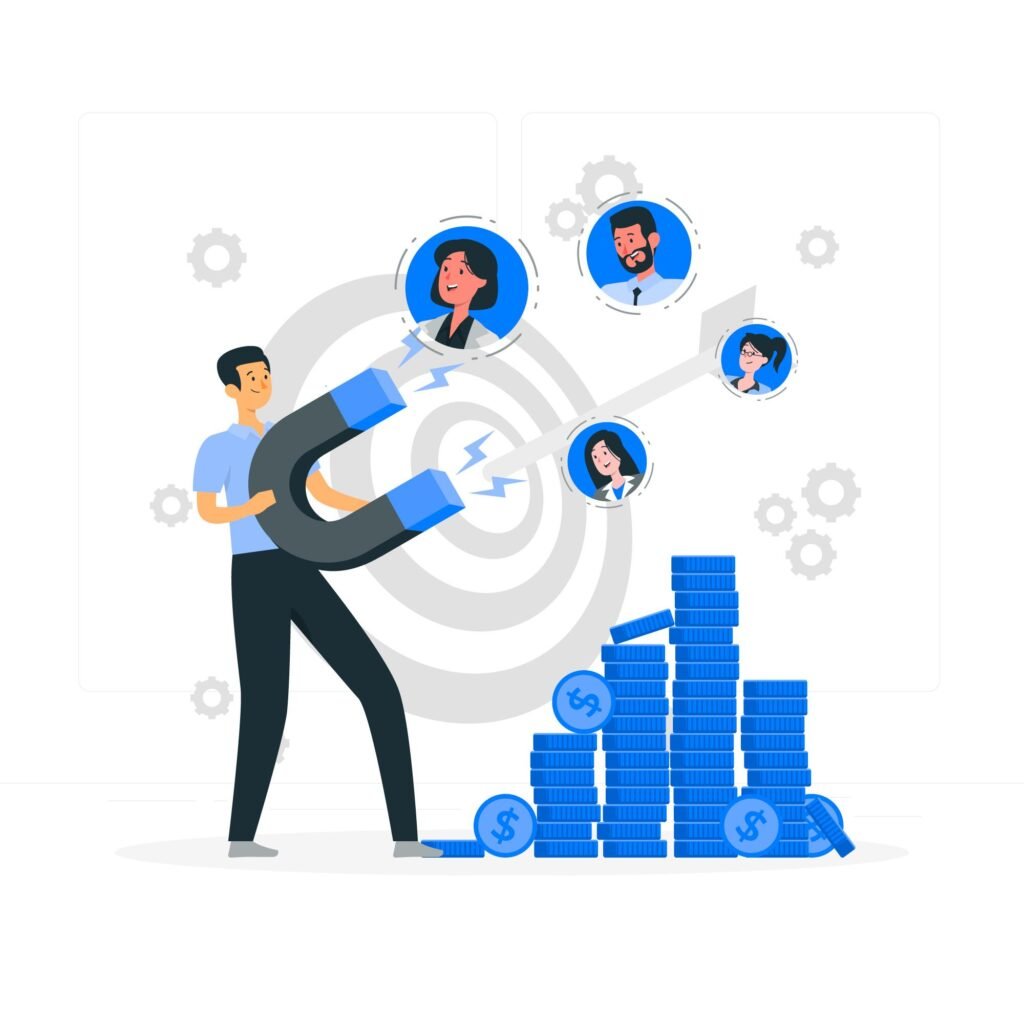
Once you know your targeted audience, it’s time to capture their attention. Grabbing attention depends on what you are showcasing in front of them.
Figure out how your content, posts, or articles can provide value to them. It’s essential to keep your content more informative and helpful for consumers instead of being more on marketing. When your customers feel you provide value, they’ll even refer your name to their family and friends.
You can even run advertisements, promote your brand through different platforms, and post interesting stuff on social media to stay visible and interact with your target audience.
Build A Perfect Landing Page
A Landing Page is significant if you want your visitors to become customers. Here’s where most people need to correct their sales funnel. They send them to a different page than the actual goal.
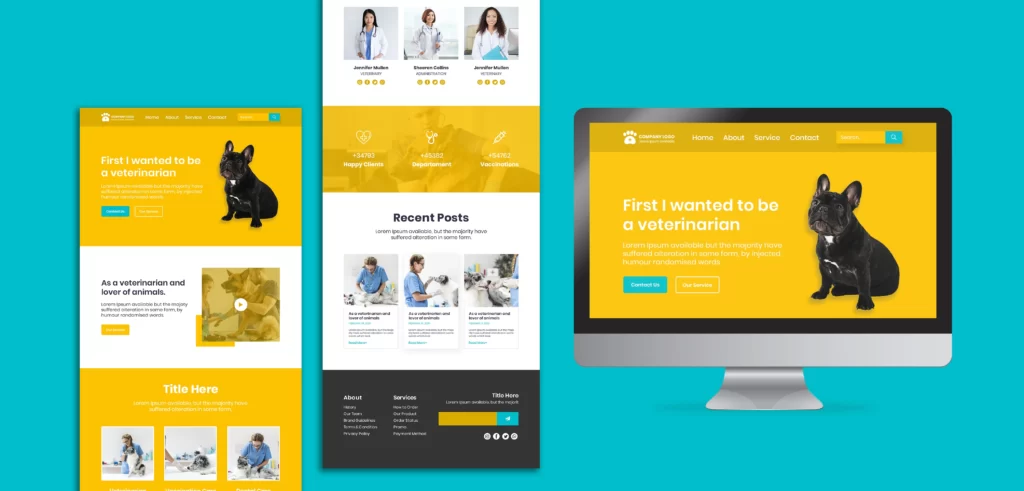
The landing page only covers the topic that has encouraged visitors to click on the link from your ads or emails. Unlike the homepage or service page, it might be a special offer, discount, giveaway, etc., that covers many things together. Hence, your landing page should only have one target: encouraging the visitor to accept the offer.
The challenge continues. Your landing page should be encouraging enough visitors to accept the offer. You’ll need bold and straightforward CTAs, a strong headline, and a point description of the product or offer. Your landing page is ready to go once you complete all these points.
Build An Email Drip Campaign
Once you have your subscribers’ emails, you can start interacting with them through email marketing. But before you start sending marketing stuff to your consumers, you’ll need them to know what your business is all about. You can send them interesting personalized emails with content about your industry, your products, or even content related to your niche to keep your customers engaged with your business.
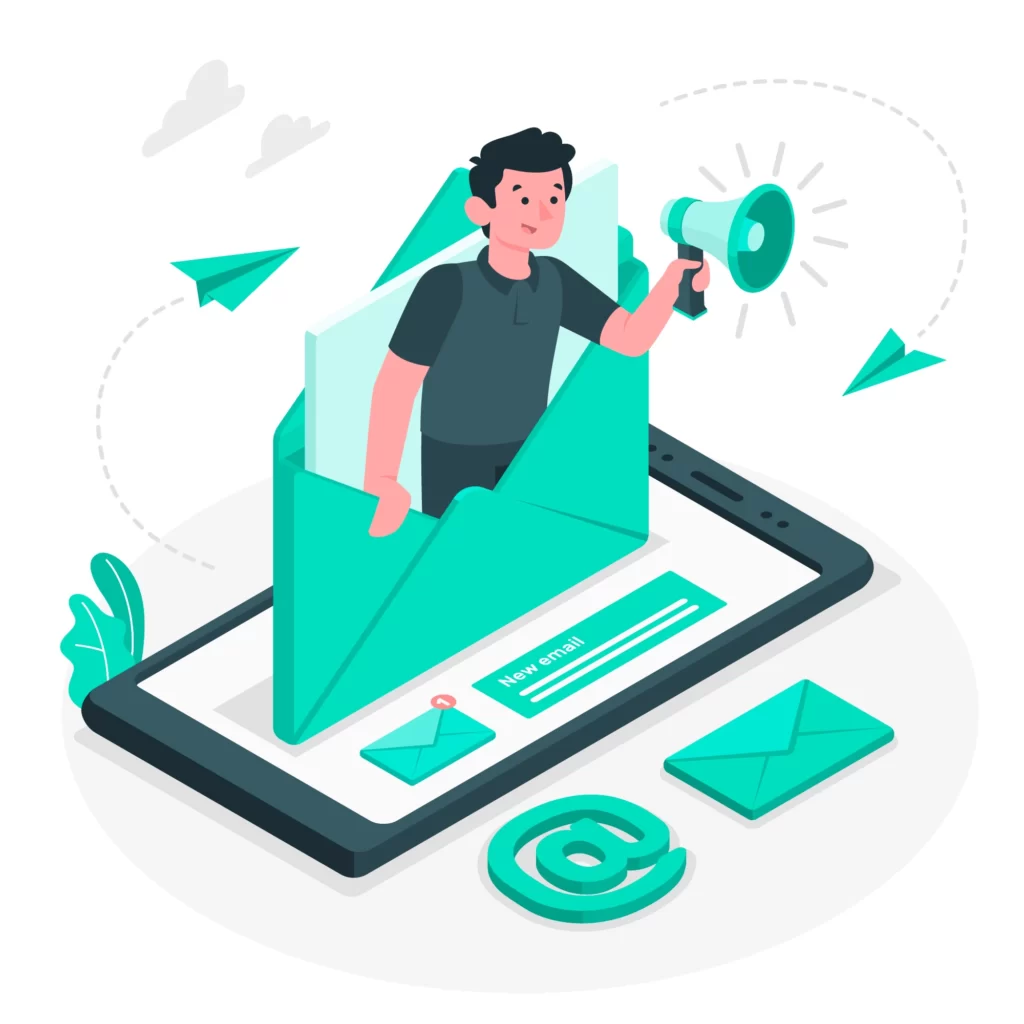
Once your customers engage with your business, you can show them what value you can provide. You can send emails about particular offers or discounts, new arrivals, and more. Remember, your customers may be annoyed by receiving repetitive marketing emails. Hence, try to keep them regular, but only sometimes. 4 – 5 monthly promotional emails would be enough.
Take Care Of Your Customers
Once you have your leads, it’s time to make them your permanent consumers. You should stay connected with them as they can be your silent promoters.
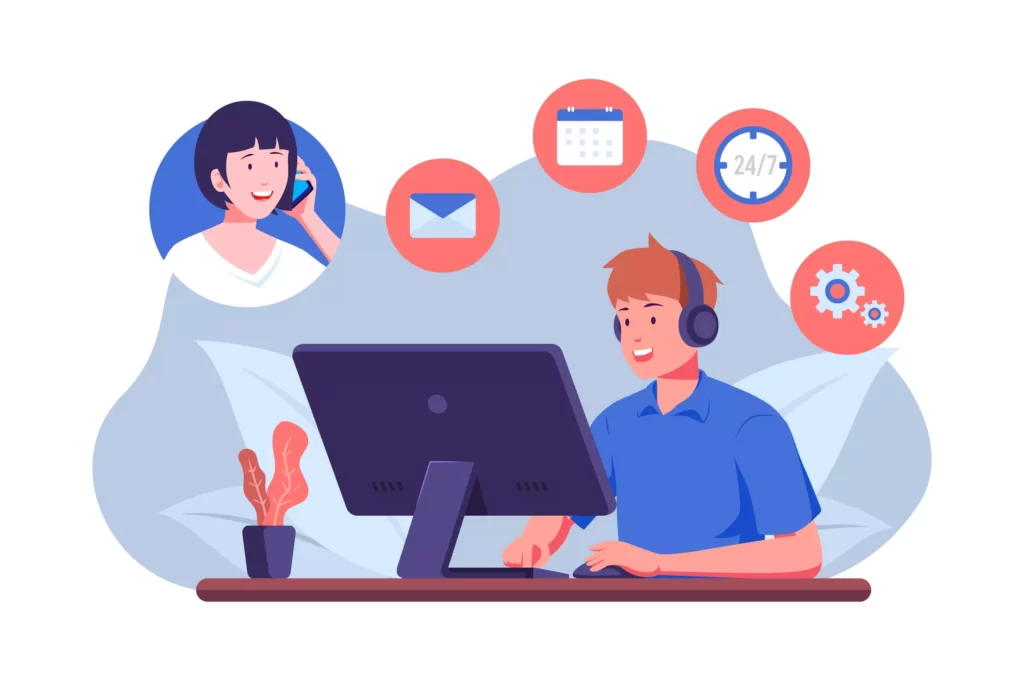
Keep interacting with them on social media; you can send them important information about the product they bought recently, special offers on their birthdays or occasions, and more. Make them feel special and give them a reason to stay with you permanently.
FAQs
Q: Can I Customize A Sales Funnel Template To Fit My Business?
A: Sales funnel templates are often customizable to align with your business needs. Customize the template to align with your requirements, target audience, industry, and unique value proposition, ensuring it effectively captures and nurtures leads.
Q: Are There Different Types Of Sales Funnel Templates?
A: Various sales funnel templates are tailored to different business models and goals. Examples include e-commerce funnels, lead generation funnels, webinar funnels, and membership funnels. The type of template you choose depends on your specific objectives and target audience.
Final Words
Creating an effective sales funnel template takes a lot of work and effort. But it’s the only way to stand out in today’s competitive world. It will be a complete gamble on your consumers if you need an effective sales funnel template.
Hence, take time to build an effective sales funnel using the above points to get potential leads and provide them with the value they want.
Furthermore, if you have any doubts regarding the above points, please reach out in the comment section below!
Also read: How To Use Clickfunnels For Affiliate Marketing, and
A Complete Guide To Content Marketing Funnel


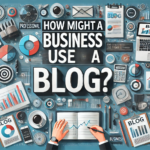

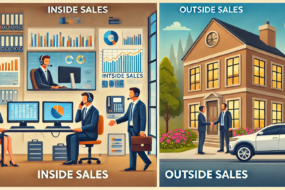
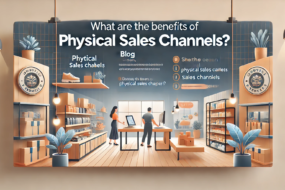
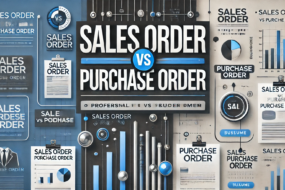
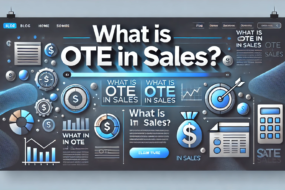
No Comments